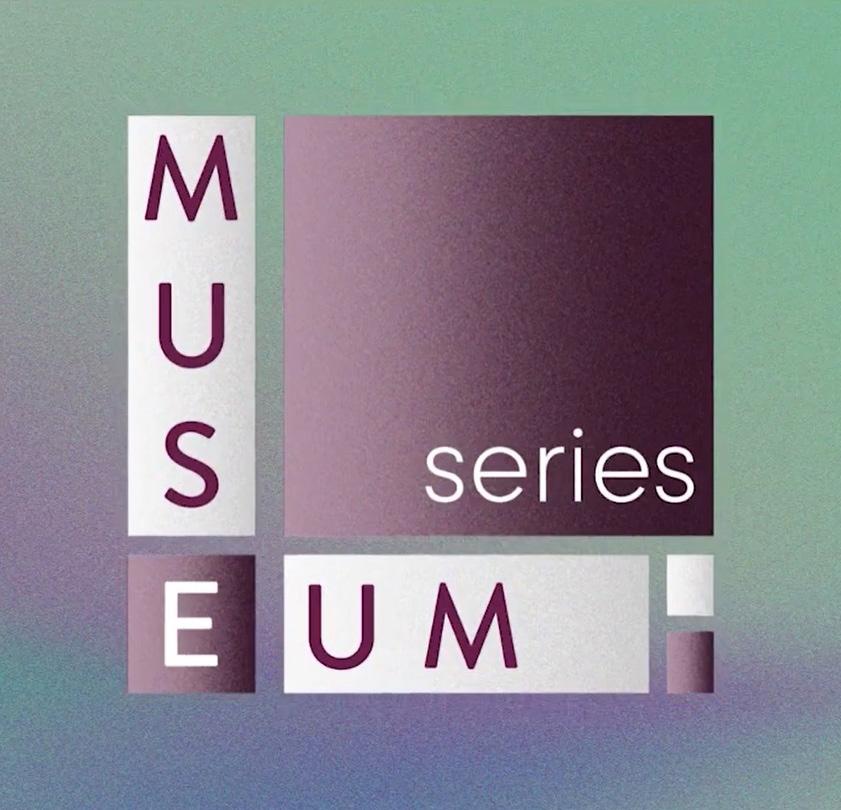
11 minute read
What We've Been Up To
from A2Q - Issue 2
by QatarAmerica
On Tuesday, April 6, QAIC hosted the inaugural virtual panel of the 2021 Museum Series. This event featured a panel of curators that manage the Islamic art collections at the Los Angeles County Museum of Art, the Metropolitan Museum of Art in NYC, the Freer Gallery of Art and Arthur M. Sackler Gallery of the Smithsonian, the Museum of Fine Arts, Houston, and the Museum of Islamic Art in Doha, Qatar. The discussion was moderated by the Chair of QAIC’s Board of Directors, Peggy Loar.
The panel explored the evolution of Islamic art curation in museums today as experts from both the US and Qatar shared their own curatorial processes and approaches towards exhibiting their institutions' Islamic art collections. On Tuesday, May 25, we hosted the second edition of the 2021 Museum Series. This event featured a panel of curators that manage indigenous and Bedouin collections at the National Museum of Qatar in Doha, Qatar, the IAIA Museum of Contemporary Native Arts, and the University of Pennsylvania Museum of Archaeology and Anthropology.
Advertisement
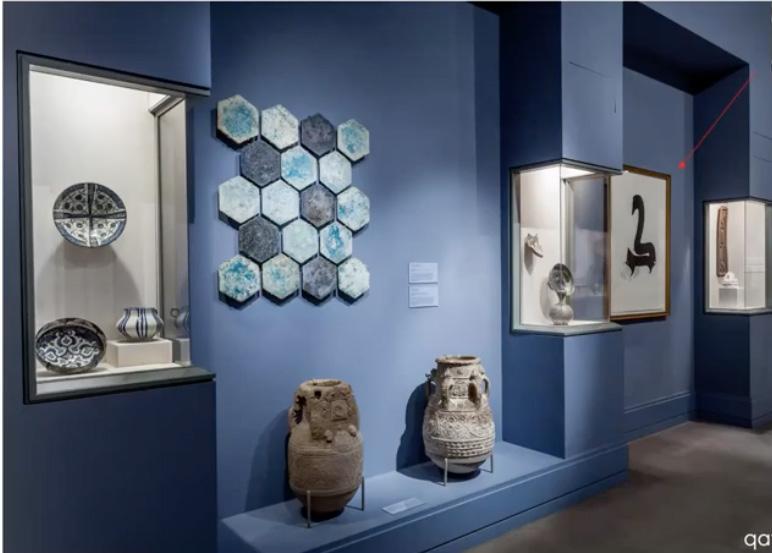
Islamic Art Collection, LACMA. QAIC Muesem Series.
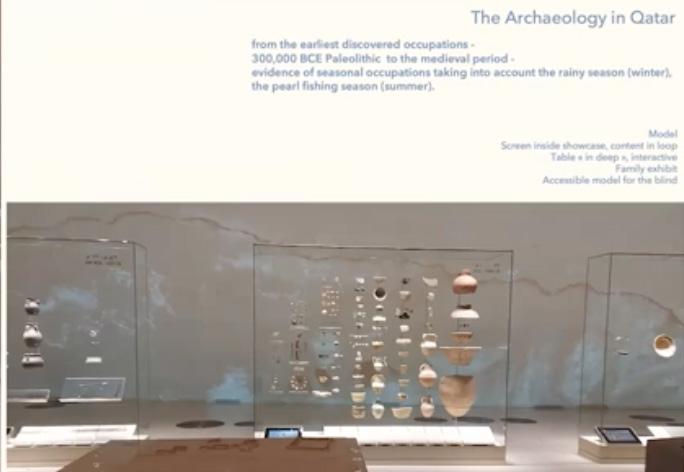
Displays from Qatar National Museum. QAIC Musems Series. The discussion was moderated by QAIC’s Executive Director, Fatima Al-Dosari.
The panel explored the modes of curation and display of native art as experts from both the US and Qatar shared their own curatorial processes and approaches towards exhibiting theirinstitution’s various historic and contemporary indigenous and Bedouin collections.
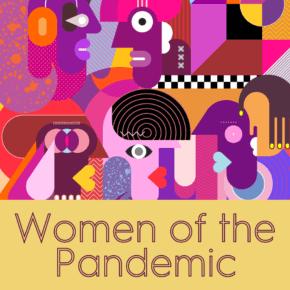
“Creativity in Quarantine: Women of the Pandemic” is a virtual exhibition and panel discussion hosted by QAIC and Katara Cultural Village. This exhibition spotlights four Qatari artists and four American artists whose creative voices have carried on despite the chaos brought on by COVID-19 around them. In addition to celebrating the artists’ works and resilience, the exchange aims to connect these female artists for a virtual panel to reflect and share how they have confronted the realities of life as a professional creative during a pandemic. The panel discussion took place on Thursday, June 24, and explored the commonalities and differences experienced from this shared global event by these artists from contrasting environments and backgrounds.
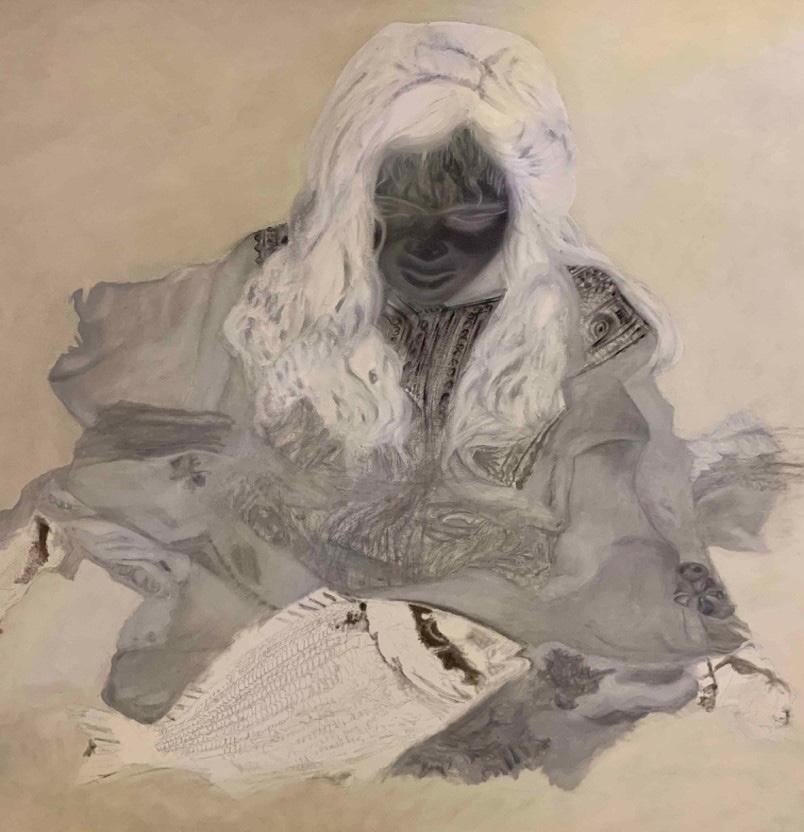
Artwork by Abeer Al Kuwari.
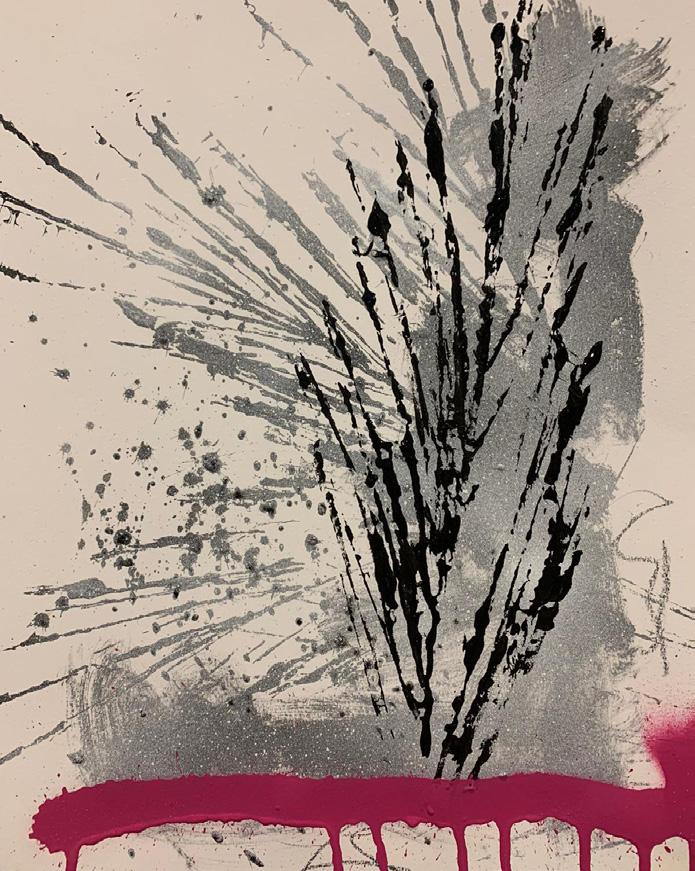
Artwork by Jawahir Al Mannai. 25 Mandalas by Jordan Wine. The Red Chair by Anna Davis.
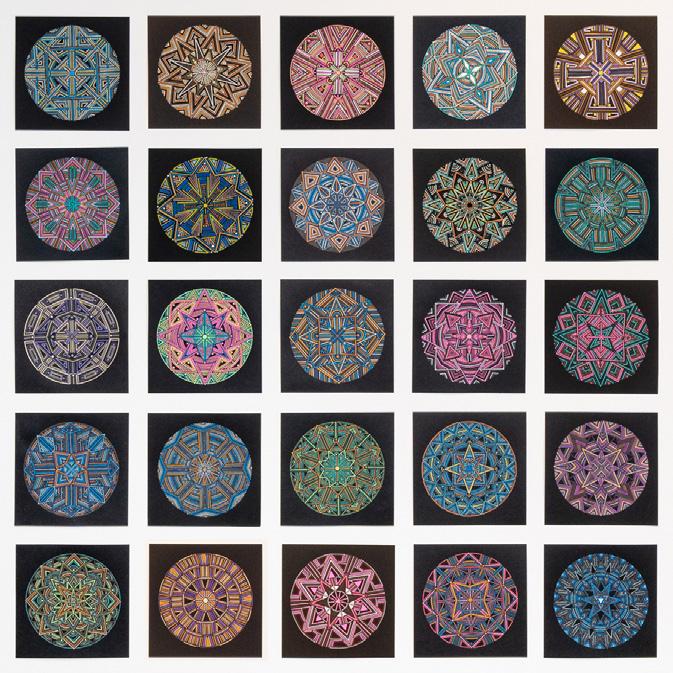
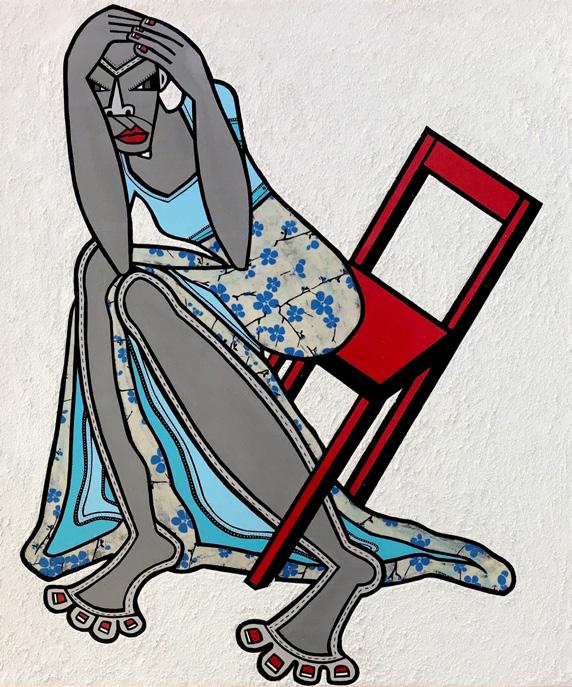
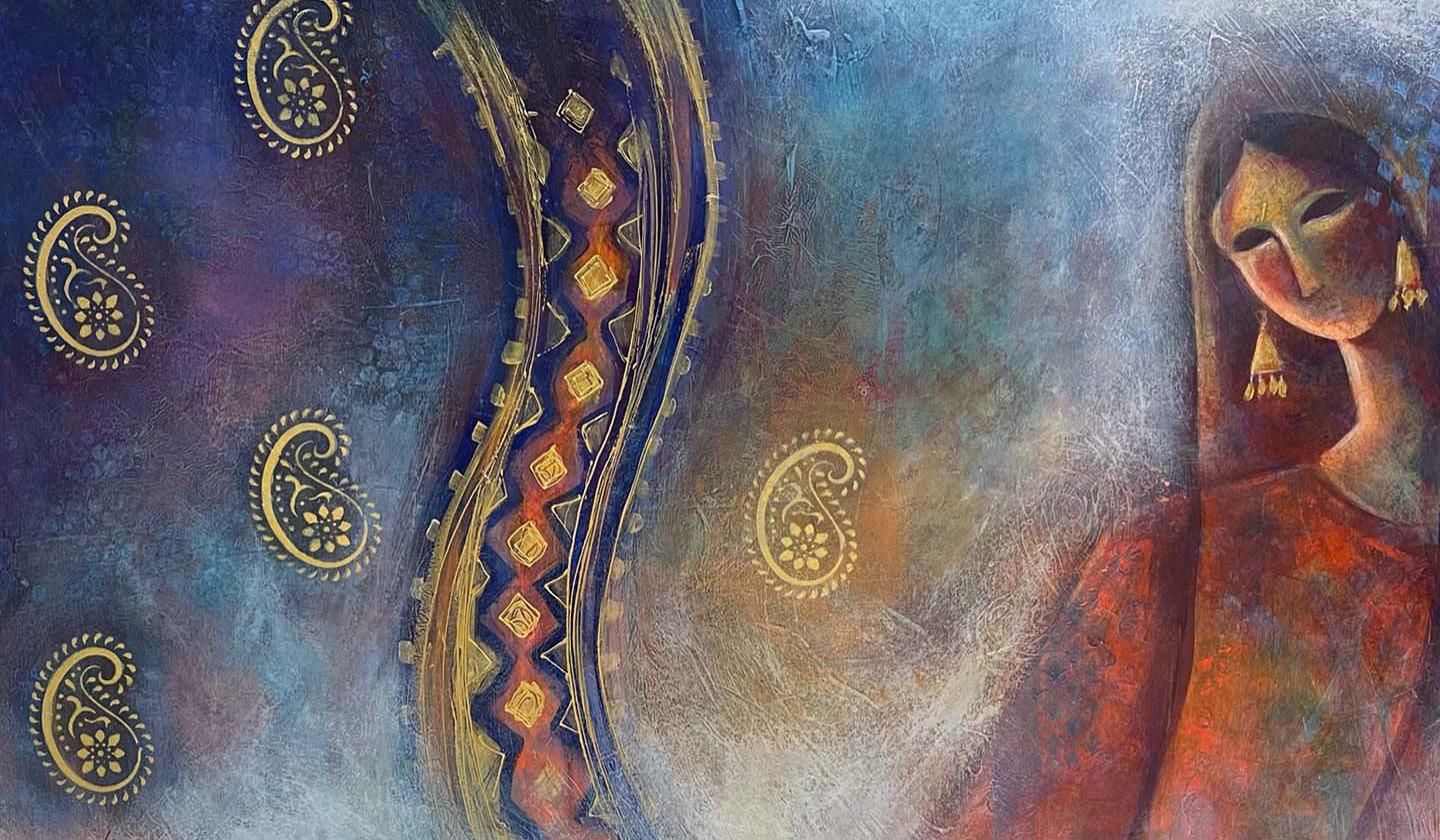
Artwork by Haifa Al Khuzai.
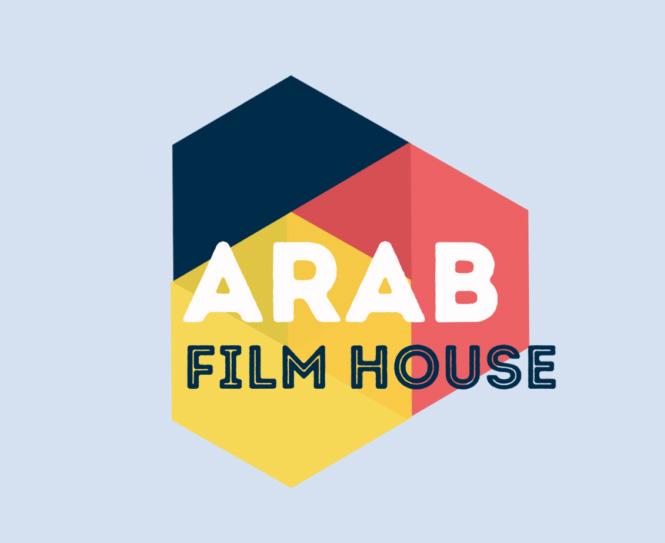
The Arab Film House, a new initiative created in partnership with Doha Film Institute, highlights the crucial role that film plays in sharing diverse perspectives and connecting cultures. Not only does this initiative provide educational resources and opportunities for filmmakers, but it will also launch the annual Arab Film House Awards, which will recognize emerging Arab or Arab-American filmmakers. This year, the theme for the awards is "Sports and Society." Stay tuned to learn more about the Arab Film House initiative.
Images from the new AFH Mural wall.
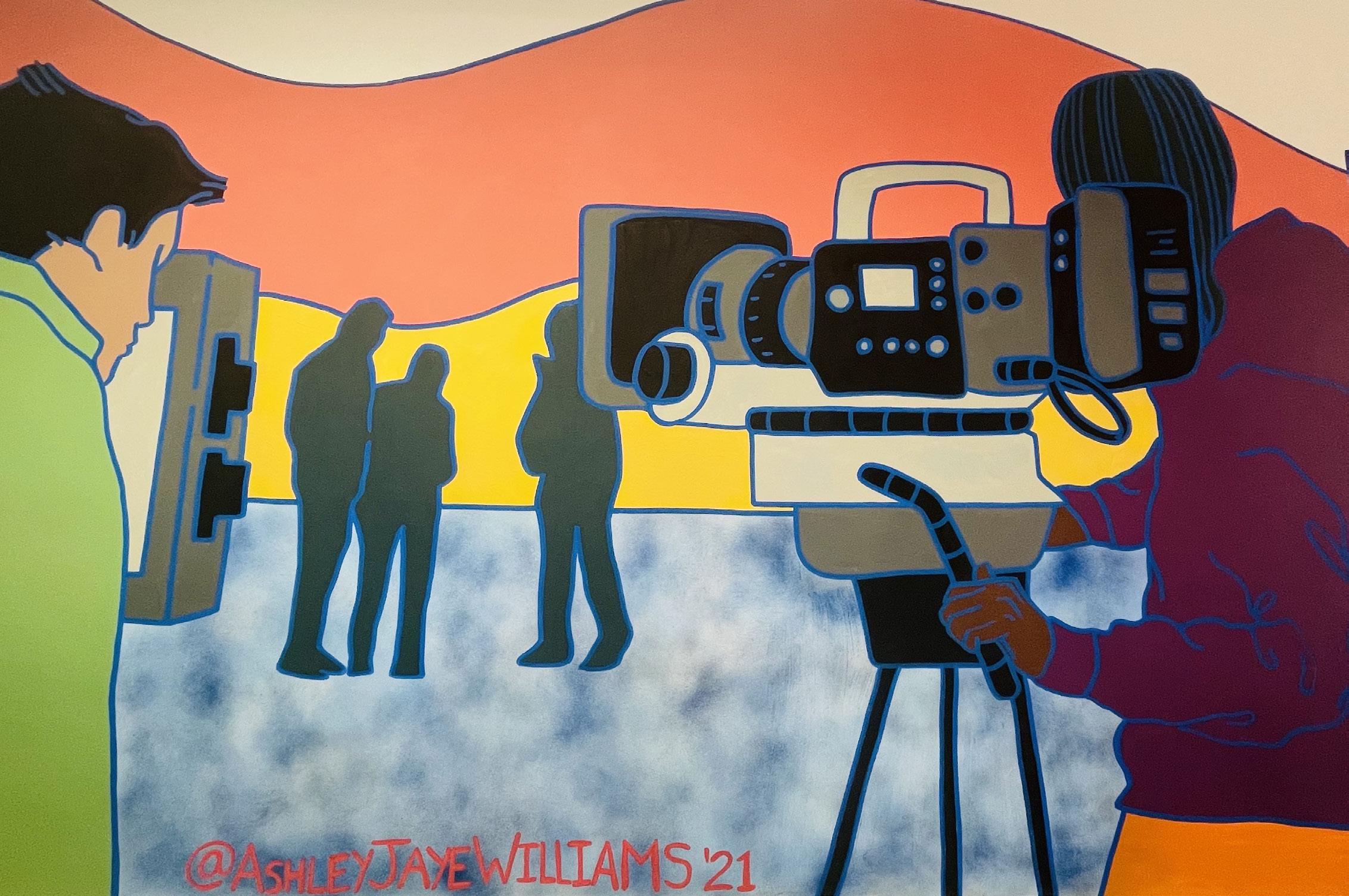
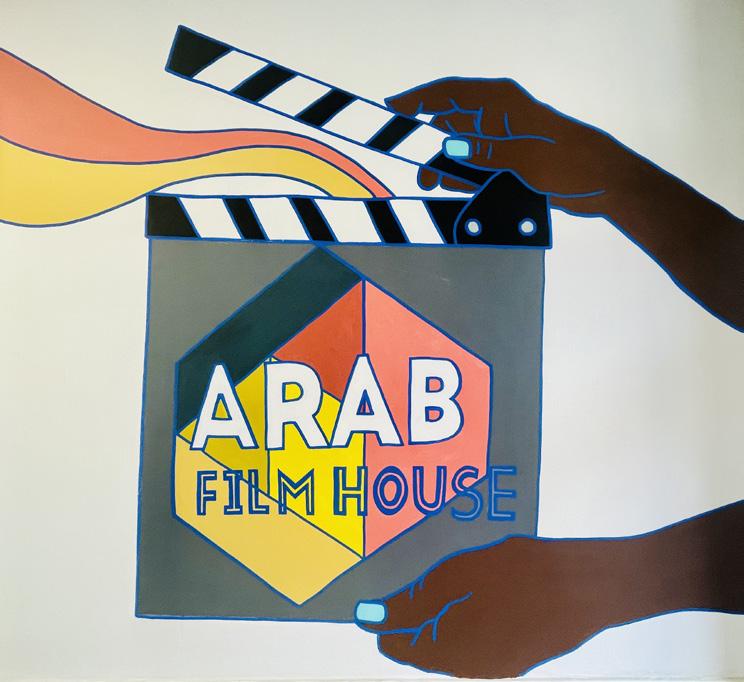
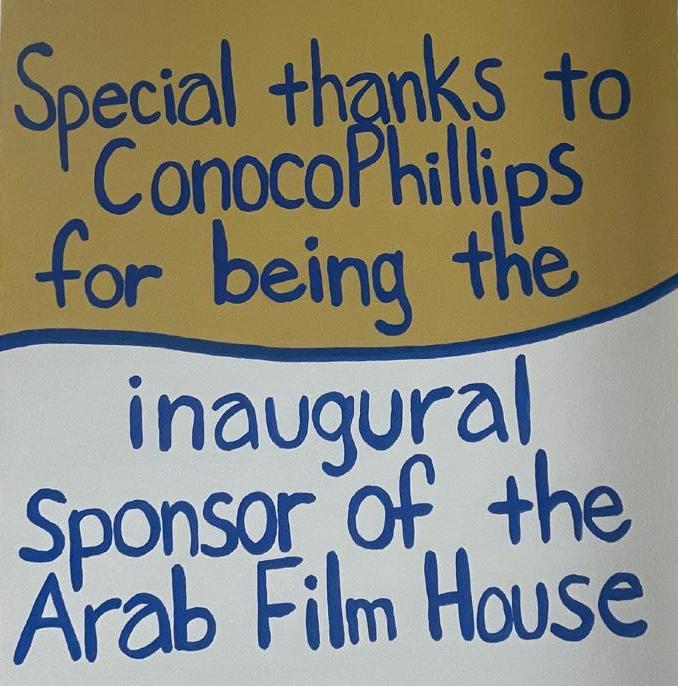
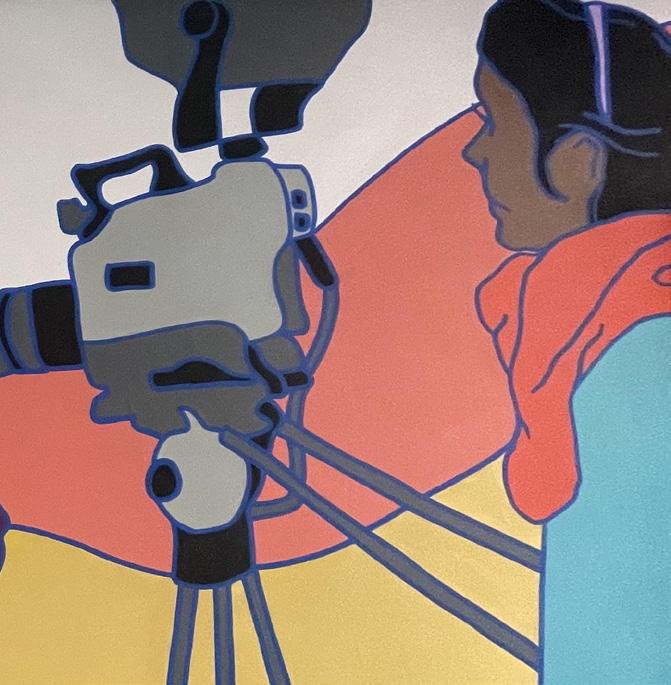
Springing Upon Our Senses at the Seasonal Social:
QAIC’s First Open House Event of the Year
In keeping up with our pursuits of convening communities and celebrating culture, the QAIC Seasonal Social events are festivities to share cross-cultural appreciations through food, film, music, performances, and various forms of classic and contemporary art. This spring’s Seasonal Social was an experience for all senses as guests were able to taste, smell, hear, and see many forms of art relevant to the Arab and Islamic worlds.
On Friday, 14 May 2021 the DC community was invited to the institute to experience the intersectionality for the appreciation of art and the launch of QAIC’s newest initiative: the Perfumery Museum. After a year of having no in-person events, we were delighted to finally open our doors and share our vision with the public.
Upon arrival attendees enjoyed savory and popular tastes of the Arab world, like karak, a flavorful tea made from rich spices originating from South Asia, and chapati, a crêpe-like flat bread also originating from the South Asian region that is popular in countries of the Arabian Peninsula like Qatar. For the duration of the event, attendees were enchanted by different forms of entertainment, like Arabian music played by a live violinist or a live painting of a skyline which combined the architectural landmarks from Doha and various American cities. Lastly, in honor of the opening of the Perfumery Museum, guests were able to set sit in on a live demonstration on how to create a fragrance. For many, this was the first time smelling the sweet and spicy aromas of traditional Arabian scents including sandalwood, oud, rose, frankincense, and musk.
Our Seasonal Socials are bi-annual events that celebrate the commonalities within our cultures, each with a unique flavor and twist relevant to the season and our various exhibitions. We look forward to opening our doors again in the Ffall of 2021 to all those interested in learning about art and culture from the Arab and Islamic worlds right here in America.
Chapati
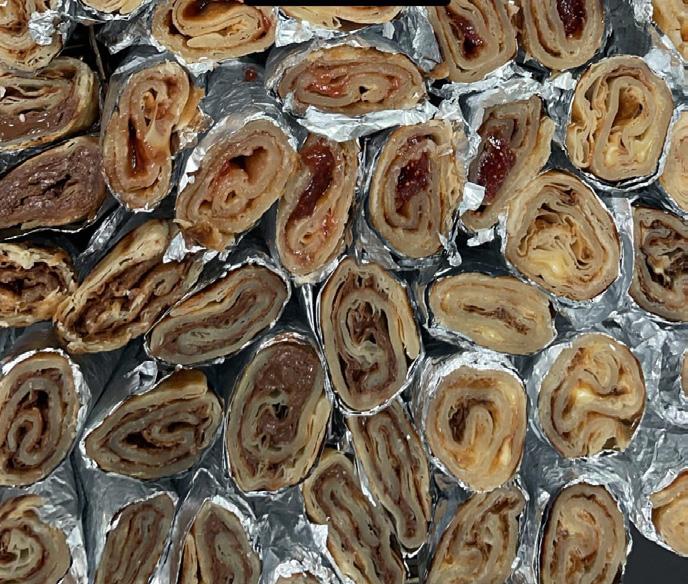
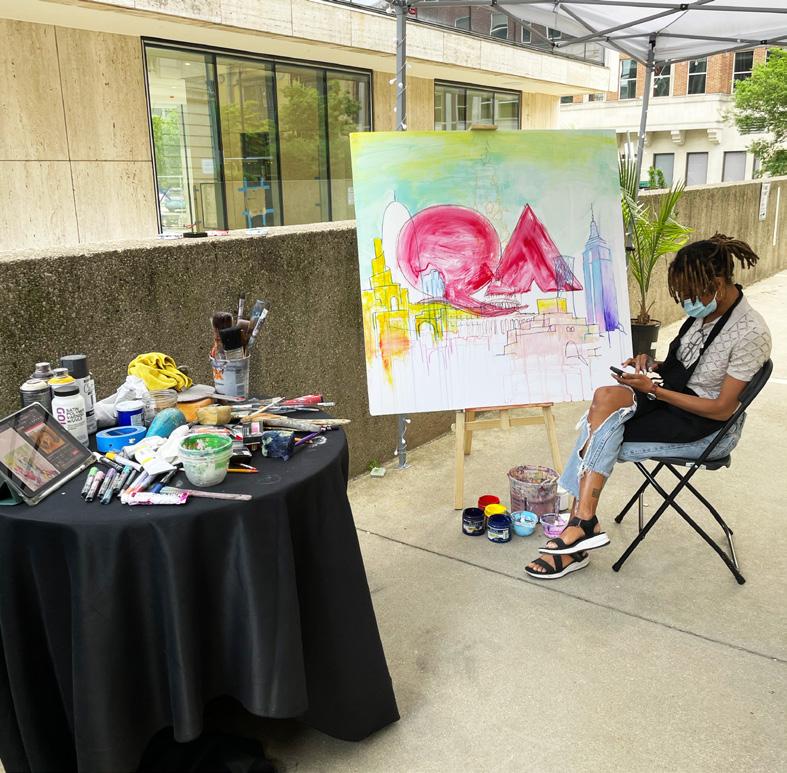
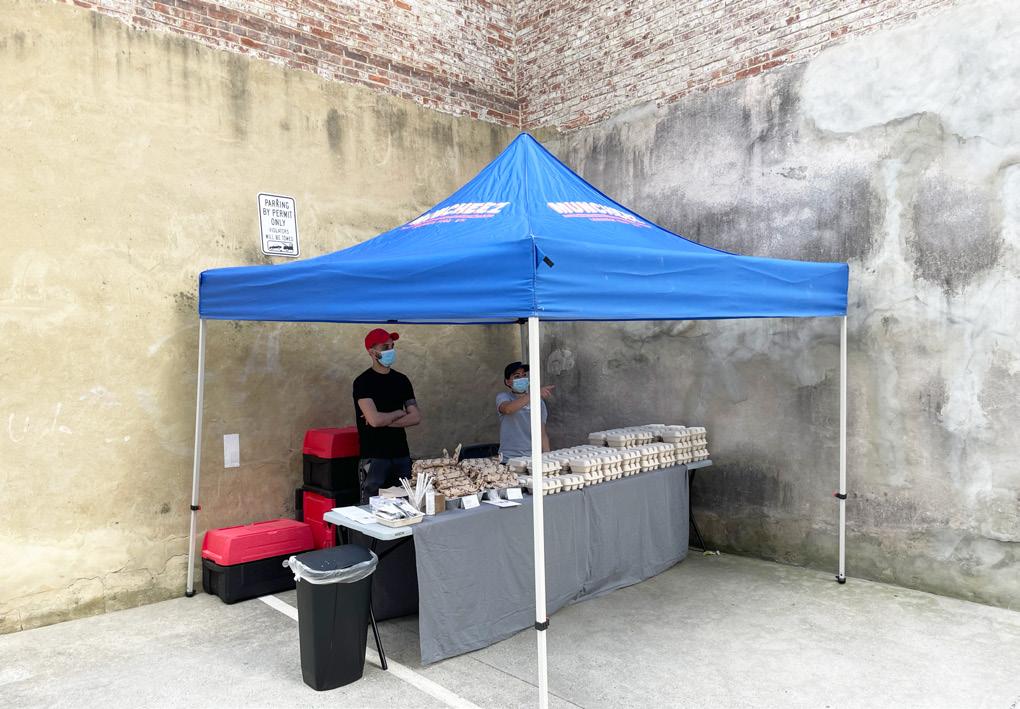
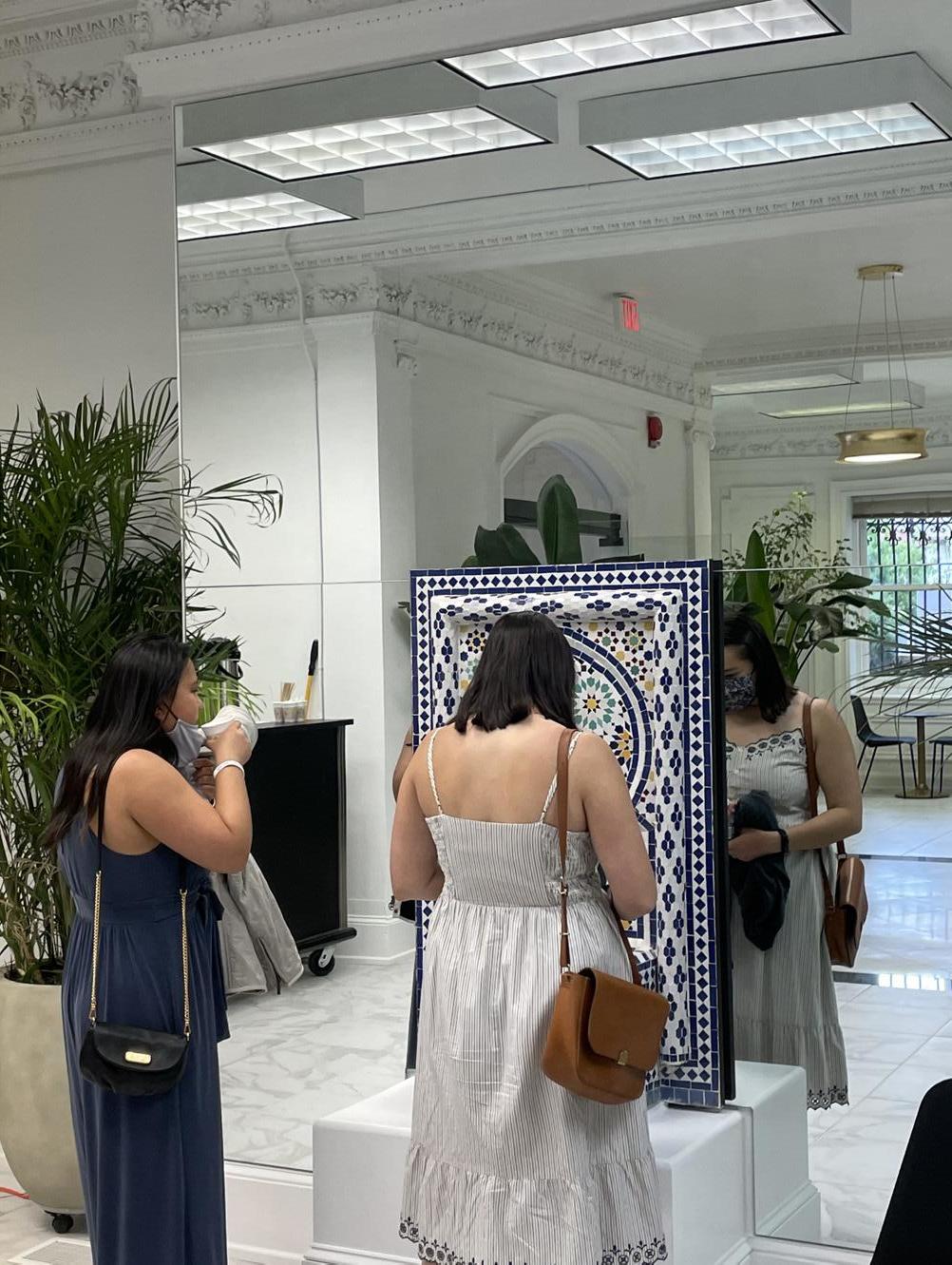
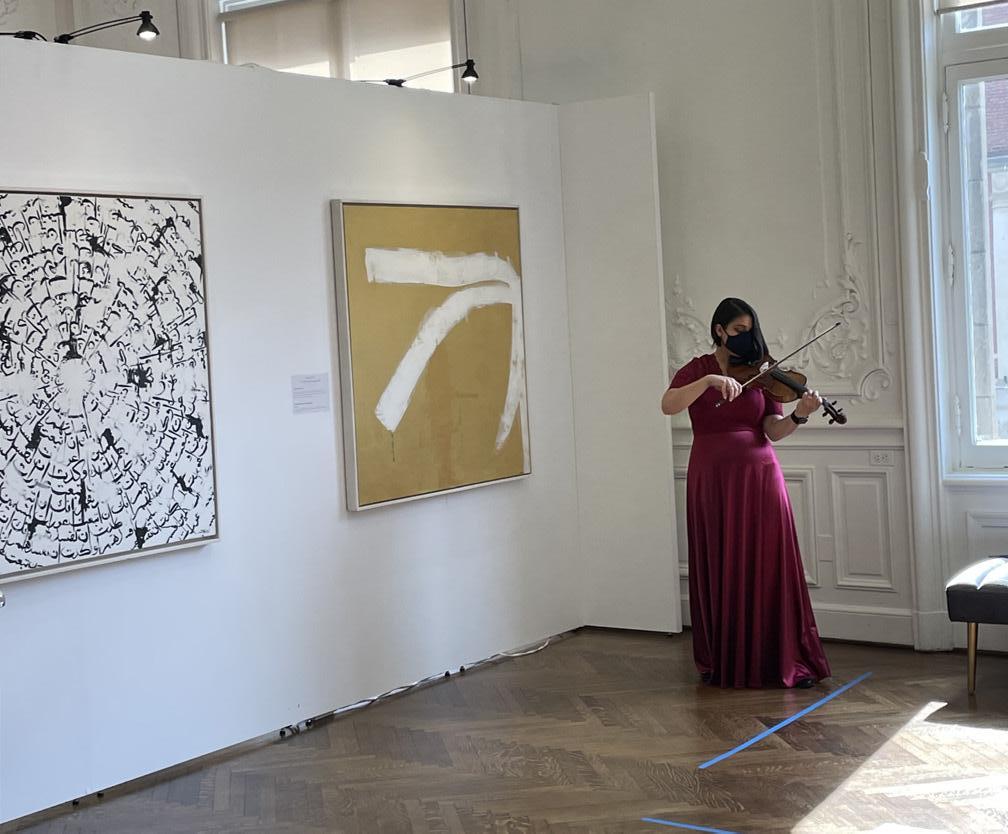
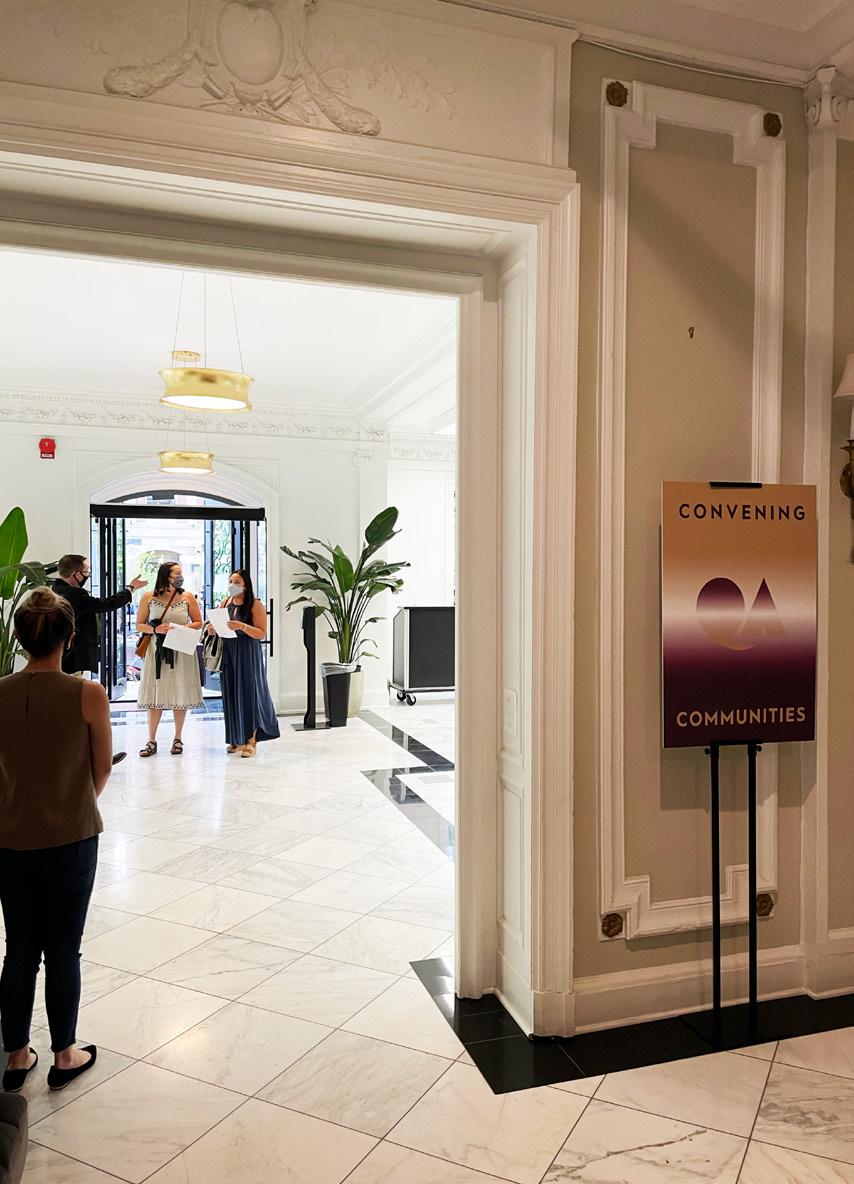

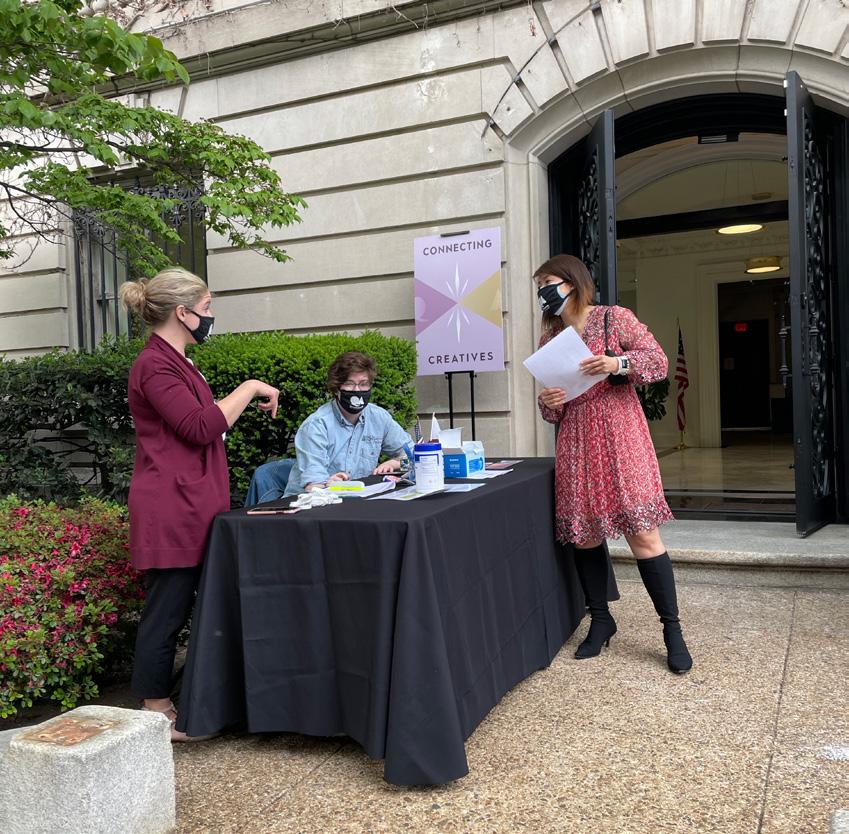
Uncommon Scents
The Opening of QAIC’s Perfumery Museum
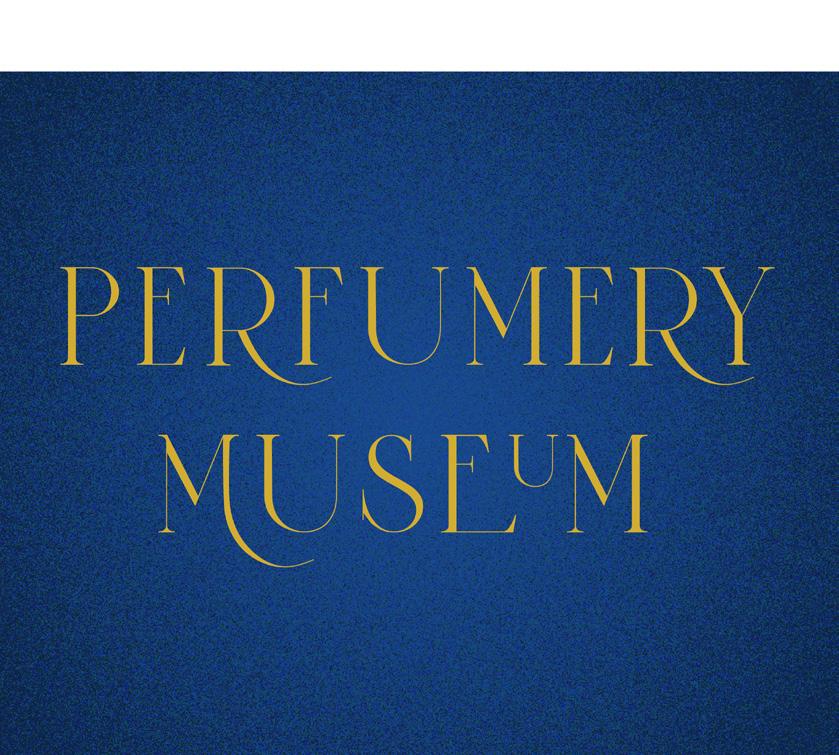

Different scents are like different colors: some work better on others depending on the wearer, and some evoke an emotional response tied to a memory. Much like how colors are appealing to our senses and are shared around the world through artistic expression in various fashion, fragrance is another sensory art that is intriguing to many internationally and is rich in history. For centuries, the aromas endemic to the regions of the Middle East and West Asia have played an important role in the social fabric of the peoples native to these lands, and now these same aromas are making their mark on the world. It is due to this tradition that QAIC on 14 May 2021 unveiled its newest initiative in celebration of the traditions and heritage of fragrance: the Perfumery Museum.
Located at the intersection of three continents and the crossroads of several cultures and trade routes, countries in the Middle East have embraced scents from around the world into their cultures in addition to introducing many of their own. Many of the rich aromas that Americans enjoy today have journeyed for centuries around the Arab and Islamic worlds only to wind up bottled inside some of today’s most popular perfumes.
In keeping up with QAIC’s mission of cultivating artistic expression and dialogue, we launched the Perfumery Museum to share the complex history and traditions that surround the production of fragrance and the billion- Map of perfume trade routes, dollar industry it has become The Perfumery Museum, QAIC. today. Unique in its kind, our Perfumery Museumis tucked into an intimate chamber within the institute that entices visitors with its alluring aromas and exhibitions offering historical, educational, and interactive experiences.
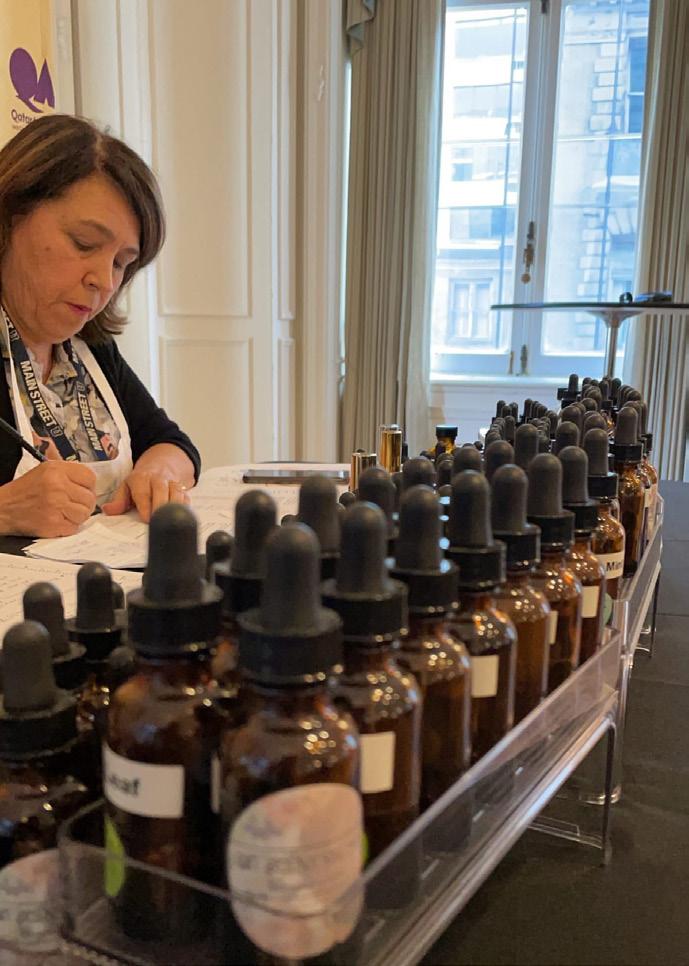
In addition to viewing artifacts, guests are able to test their sense of smell with some of the more popular scents of the Middle East, including the sweet yet savory smell of musk originating from Asia; oud, which was traditionally extracted from trees in Oman and is still highly popular in the Gulf region; and of course, rose which in oil form originated in Persia, or modern-day Iran. In using the Fragrance Wheel, a categorization tool developed by fragrance authority Michael Edwards of Fragrances of the World, guests can navigate their noses to the closest fragrance family associated on the chart.
The overarching goal of the museum is to share the common appreciation for scent held by people in both the greater Arab Gulf region and in the United States. When entering a home in Qatar and other Gulf countries, guests are often greeted with the bold and enticing smells of burning incense called “bukhoor,” a typical cultural practice for welcoming guests into a home in proper hospitable fashion.
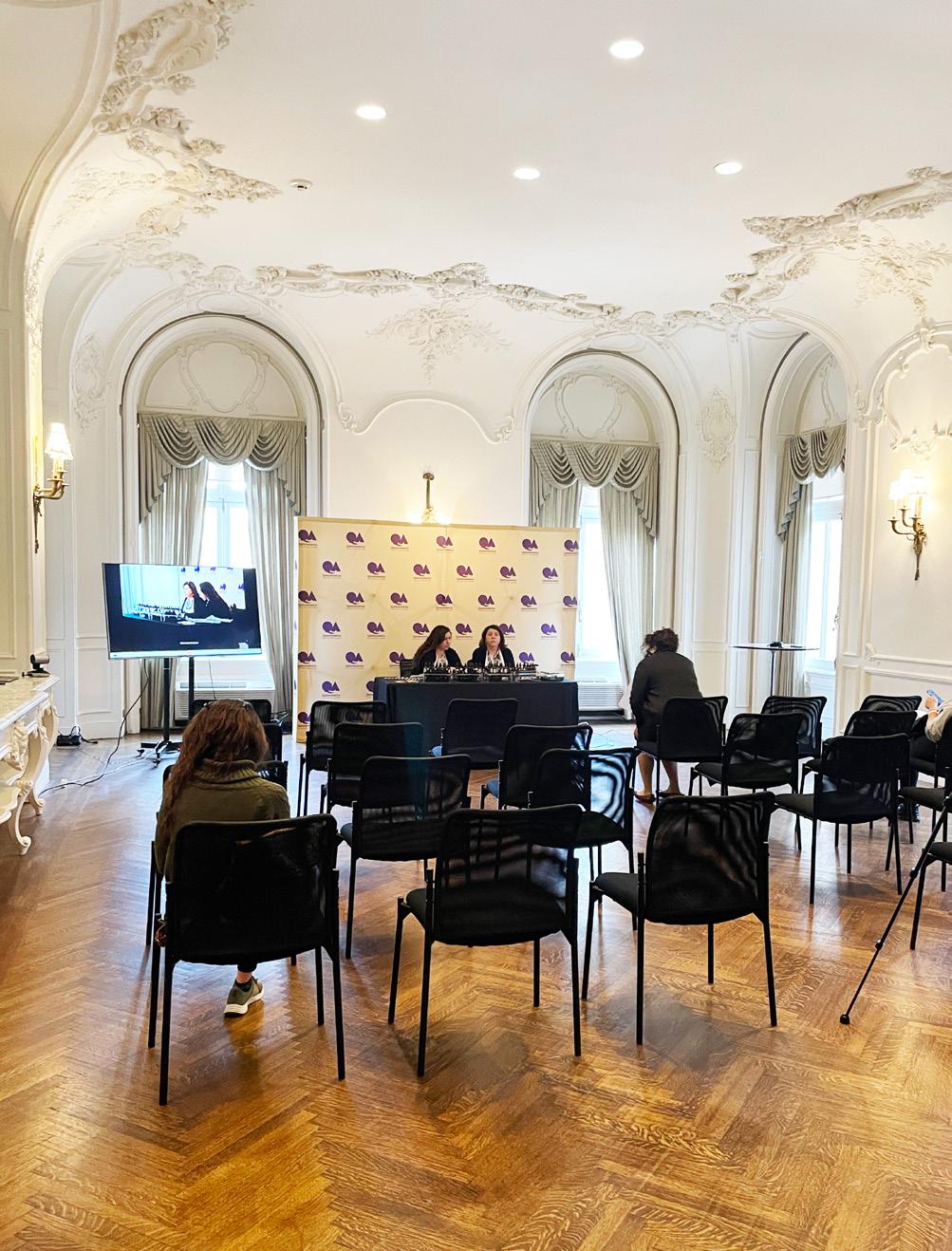
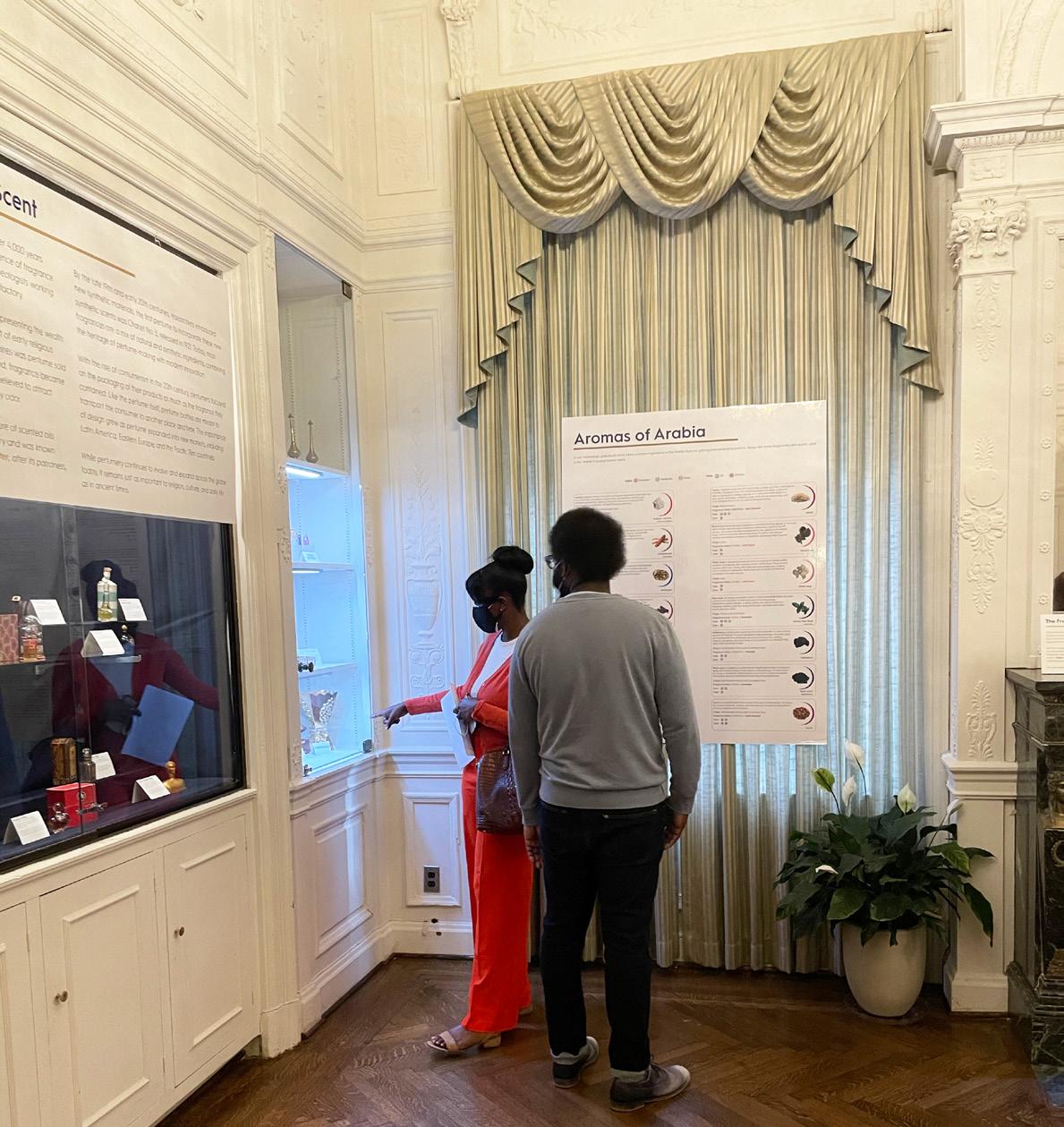
Live demo with DIY Scent Studios
Whether aromas for the home or fragrances to be worn, the Perfumery Museum aims covers it all in time with future exhibitions and programming with fragrance experts. Currently, the Perfumery Museum has several antique bottles on display on loan from Reem Abu Issa, an avid collector based in Qatar. Perfume bottles over the course of history have played a large role in the product development process, portraying a visual aspect to the art of scent.
The Perfumery Museum will be a permanent addition to the QAIC headquarters in DC that will remain open to the public via appointment. If you are interested in embarking on this adventure of scent, register here for an available private tour.
Visitors at The Perfumery Museum, QAIC.
The Timelessness of Transcendent Text:
A Universal Art Exhibition’s Debut at the Nation’s Capital
QAIC’s Transcendent Text exhibition displaying the moving work of Sabah Arbilli will conclude with a final exhibition date of July 15th, 2021. Under such auspices, the exhibition itself has posed an exquisite opportunity to engage in an ethnographic study of the work and the meaning behind each of the pieces in relation to modern day values. Within Arbilli’s work, he correlates the values within the sacred texts of Islam, specifically the Hadith and Quran to the United Nations’ Universal Declaration of Human Rights.
Given Islam’s place as a minority religion in the United States and recent global events that have cast the religion in an unfavorable light, misconceptions and misunderstandings about Islam abound. For many, it may come as a surprise that modern day human rights are part of and as old as Islam itself. In this exhibition, Arbilli uses his art to both impart information and convey his creative commentary, highlighting the universality of human rights through stylized Arabic script. His Transcendent Text concept of internationalism was carried throughout the process in the creation of each of Arbilli’s pieces as he connected the Universal Declaration of Human Rights to sacred Islamic texts.
An individual who is not well versed in Islamic Studies might think that his work simply connects Arabic speaking countries to the declaration. This is not the case for two reasons. The first reason is that the Muslim World spans across North Africa into Asia, where many individuals from a young age are taught to read the Quran. The second reason is because the Universal Declaration of Human Rights has been translated into over 500 languages.
Visitors at the Transcendent Text exhibition. Washington, DC.
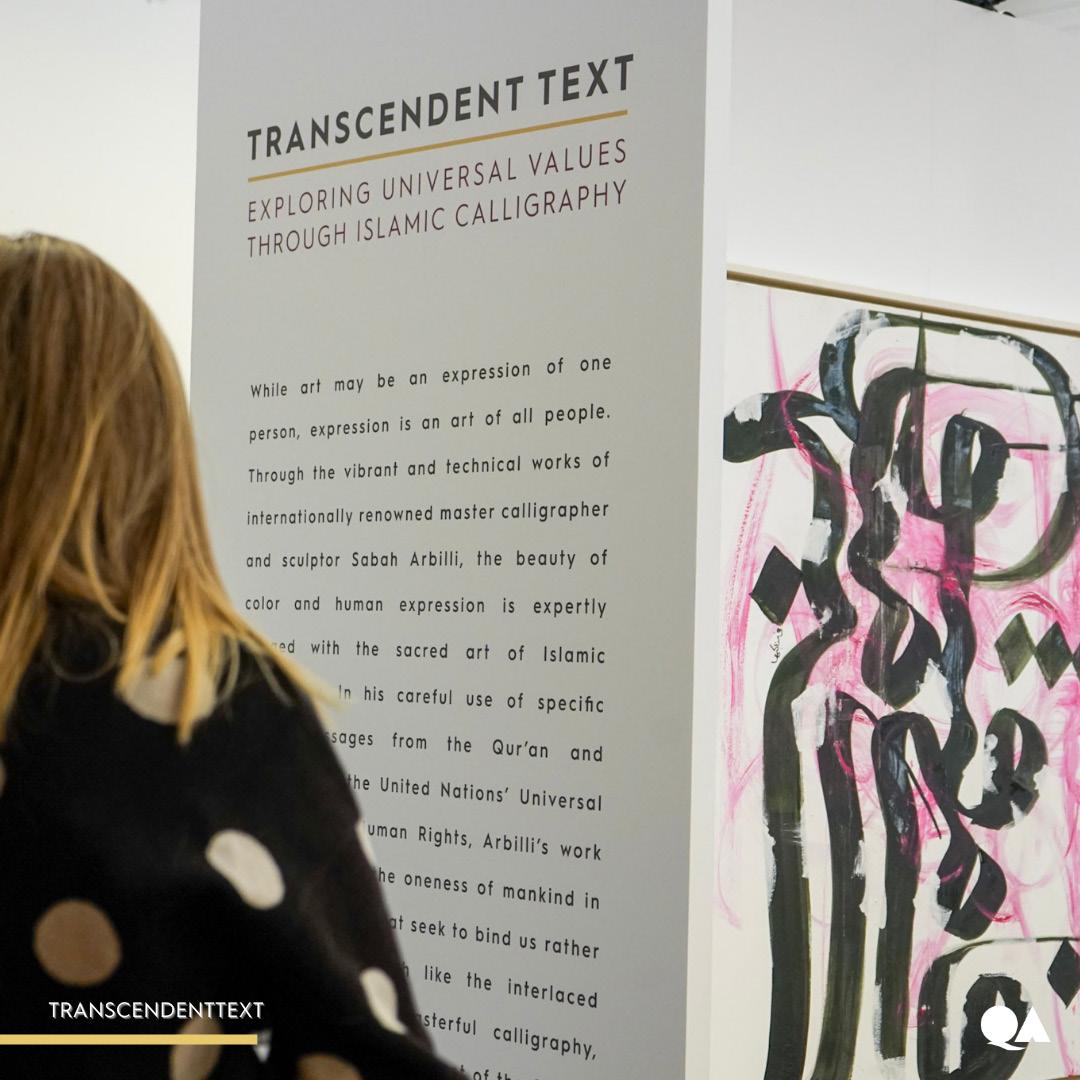
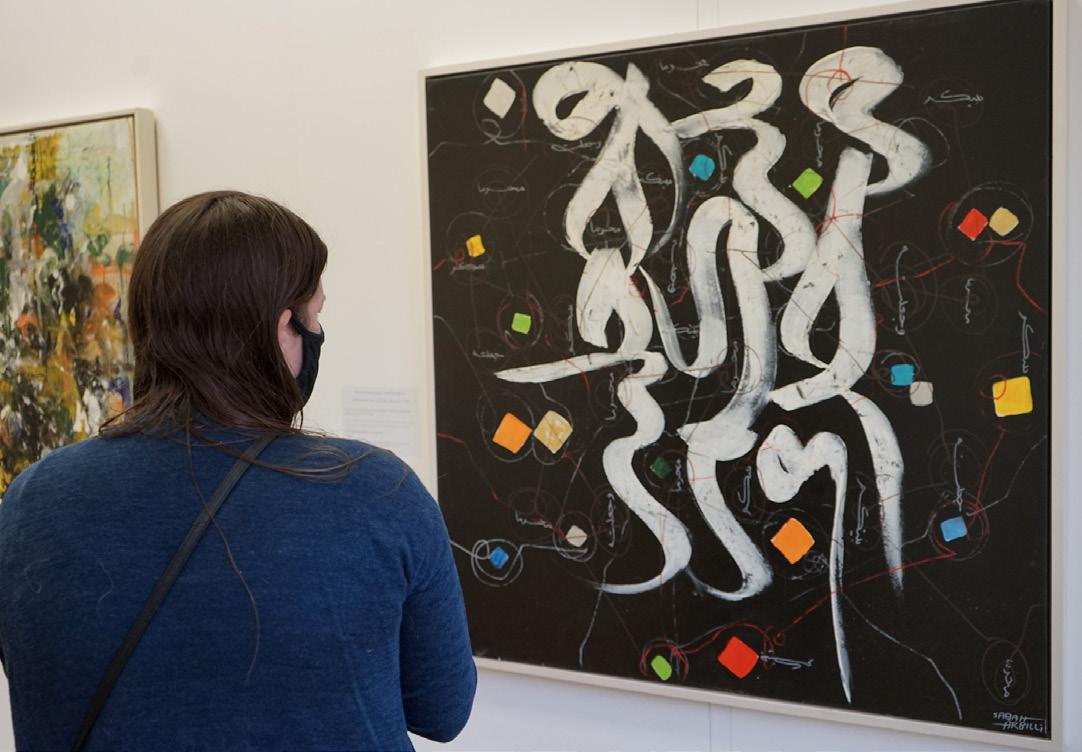
Aside from Arbilli’s work being transnational, it is also timeless. As mentioned previously, the concept of Human Rights in the form of justice or in Arabic “adel,” has been around since the beginning of Islam. Through his work, Arbilli takes various Quranic and Hadith pieces of literature as inspiration for his paintings. This allows his audience to visualize and interpret ancient scripture while subconsciously traveling through time.
In recent years, the United States has been faced with various challenges in regard to mistrust of the media and information sources as more Americans gain increased access to information following the advent of the Internet. This modern-day library meets communication tool has allowed us to connect in a way that helps us understand and develop relations beyond borders, and as a result become more knowledgeable or informed. One of Arbilli’s most famous and well-known pieces is based on the Quranic value of knowledge:
“O mankind, indeed We have created you from male and female and made you peoples and tribes that you may know one another [to exchange knowledge]. Indeed, the most noble of you in the sight of Allah is the most righteous of you.” - (The Qur'an 49:13/14)
From the English translation, one can conclude that knowledge and being informed leads to righteousness and nobility in the eyes of Allah. This concept in Arbilli’s work was paired back with the Constitution of The United Nations Educational, Scientific and Cultural Organization 1945 which suggests:
“That ignorance of each other's ways and lives has been a common cause, throughout the history of mankind, of that suspicion and mistrust between the peoples of the world through which their differences have all too often broken into war.”

Artwork by Sabah Arbilli.
In a world of rapid information in combination with the Internet and mass media, our “nobility” becomes increasingly challenged. In combining both the verse and the constitutional excerpt, Arbilli’s piece enshrines us with the guiding principle that we have a responsibility as “mankind” to become and remain informed about one another, lest we succumb to violence or chaos. It is only through art and education (as Arbilli’s exhibition would suggest) that we may remain on the so-called path of righteousness.







